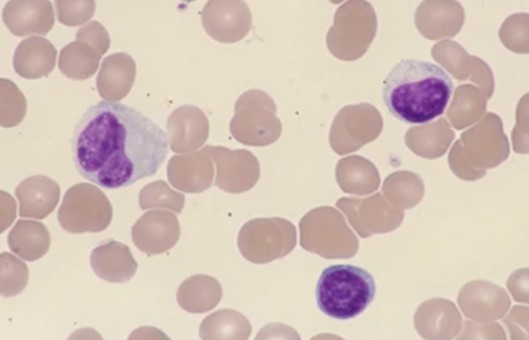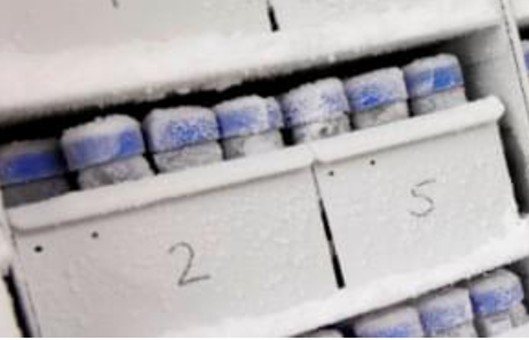Dual ELISpot Protocol
GUIDELINE
We provide a protocol using a FITC-conjugated primary antibody and a biotinylated primary antibody. Those are in turn recognized by anti-FITC HRP and streptavidin-AP conjugates.
METHODS
- Prepare PVDF membranes in the 96-well plates by incubating in 70% ethanol for 30 seconds.
- Wash the plates 3 times with PBS.
- Coat a 96-well plate with an optimized concentration of both the required primary capture antibodies (diluted in PBS). Incubate at 4°C overnight.
- If not using antibodies supplied in a dual ELISpot kit, use antibodies from different host species so they can be distinguished using conjugated secondary antibodies specific for those species.
- Empty the wells, tap them dry and wash with PBS.
- ELISpot plates should be handled more carefully than ELISA plates. When tapping dry, tap gently. Do not use a plate washer at this stage.
- Block the plates by adding 100 μl per well and 2% dry skim milk. Incubate for two hours at room temperature.
- Wash wells in PBS once. If necessary, the plates can be stored at this stage. Wash twice in PBS and leave to dry. Store at 4°C for not more than two weeks.
- Prepare peripheral blood monocytes (PBMCs) from fresh blood on a Ficoll gradient. Count the cells (make sure they are over 95% viable). Dilute cells to the required concentration and add cell suspension to wells. If optimizing the assay for cell number, dilute 1:2 down the plate as in an ELISA. Do not shake the plates.
- The number of cells will require optimization. For example, if a low percentage of cells are expected to secrete the target cytokine, a larger cell number will be required. If using a kit, please refer to specific target kit protocols for recommendations on assay controls and cell number per well. Cell numbers should usually range between 1×105 to 2×105 cells per well.
- Culture overnight at 37°C in a CO2 incubator. Do not shake the plates.
- Wash cells and unbound cytokine away by incubating with PBS 0.1% Tween 20 for 10 min. Then wash the plates three times with PBS 0.1% Tween 20.
- Detect by adding the two conjugated secondary antibodies. In general, the two secondary antibodies can be co-incubated in the plate. Prepare a solution from stock in PBS 1% BSA that contains both secondary antibodies at their working concentrations. Dispense 100 µl of the solution into the wells. Seal the plate and incubate for 1 hour at 37°C.
- Empty wells and wash three times with PBS-0.1% Tween 20. Remove all residual buffers by repeatedly tapping on absorbent paper.
- Prepare AEC buffer or other required development buffer. Dispense 100 µl of solution in wells.
- Let the color reaction proceed for 5-15 min at room temperature. When the spots have developed empty the buffer into an appropriate tray.
- Wash thoroughly both sides of the membrane with distilled water. Remove residual water by tapping the plate on absorbent paper.
- Dispense 100 µl of BCIP/NBT, or other development buffer depending on conjugates used) buffer in wells.
- Let the reaction go for about 2-10 min at room temperature. When spots have developed, empty the buffer into an appropriate tray.
- Punch the membranes out of the wells onto a sticky plastic sheet.
NOTES
- Don't move the plates while the cells are culturing. This will lead to ‘snail trail' spots that will not be well defined.
- Don't stack the plates if you have more than one. The temperature will not even out across the well and each well will not be at the same temperature, giving an edging effect as cells will respond less well in the center of the plate where it is cooler.
- During the overnight incubation the cells will secrete cytokine (or other protein), which will become bound to the primary antibody.

